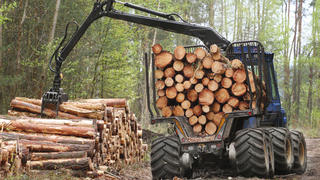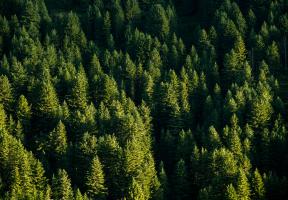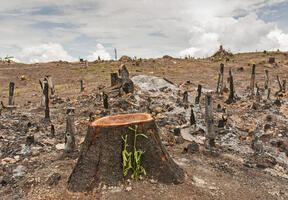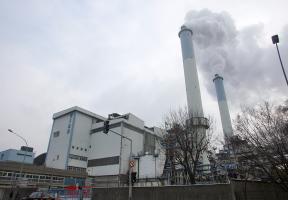The Different Uses of Wood Energy
Updated on 10.19.20215 min read
Wood is undoubtedly the first energy source harnessed by humans — the use of fire dates back to prehistoric times. This energy source is still widely utilized throughout the world, for domestic purposes and industrial applications.

© THINKSTOCK - Wood is the main source of renewable energy in France.
Renewable and abundant, this resource falls under the heading of traditional and is widely used throughout the world. In developing countries, 2.5 billion people rely solely on burning wood and animal dung for heating, lighting and cooking.
Wood Energy, the Main Renewable Energy Worldwide
Wood energy is often overlooked in world statistics, because its use is mostly non-commercial. However, it is estimated that at the start of the 21st century, traditional biomass provides about 1 billion tons of oil equivalent (toe) per year, which is about 10% of the world’s consumption. But on a local level, particularly in much of Africa, it accounts for over 90% of domestic consumption.
In France, roughly 7 million households (out of 30 million) use wood, mainly logs, as a main or additional source of heating. Its use is on the rise, up from just 6 million households in 2000, but the figure fluctuates slightly from year to year depending on temperatures in winter. Wood is therefore the main in France.(1)
Domestic Uses of Wood
Wood energy can be used in various forms depending on what it is needed for :
- can be used to cook food. The heating value of this is twice as high as that of dry wood.
- Dry conifer wood (spruce, pine, and fir) or softwood (larch, willow and poplar) is used for conventional bread ovens. This wood burns quickly and releases a lot of heat.
- Hardwood logs (oak, beech, ash, hornbeam, walnut, and chestnut) are used for heating purposes in open fireplaces and fireplace inserts, stoves and boilers. Stoves and boilers can also burn chips (shredded branches) or pellets (compressed sawdust).
- Chips (shredded branches) or pellets (compressed sawdust) are increasingly available in large supermarkets.
Whatever form the wood is in, it is important to keep it away from damp areas and ensure that the stove is working correctly.(2)
Industrial Applications
In the industrial sector, wood energy has many applications, including firing ceramics, tiles or bricks, heating or drying products, and producing hot water or steam, for example for dry cleaning. This fuel is also sometimes used to generate . Water is heated in a large wood-fired boiler and the resulting steam drives a turbine that generates an electric current. Worldwide, wood is the main biomass resource used to produce .
Which Wood to Use as Fuel
Wood used as a source of thermal energy has several origins:
- Wood and residue from forestry operations, such as branches, crowns and stumps.
- Farm waste.
- Waste from the wood industry, such as bark, sawdust, shavings and other waste from sawmills, paper mills, and pallet, furniture and timber product factories.
- Untreated used or scrap wood packaging, such as crates, cases and pallets. Particleboard, which has been treated and often bears traces of glue, paint or varnish, is not used as it can release corrosive and toxic emissions when burned.



















